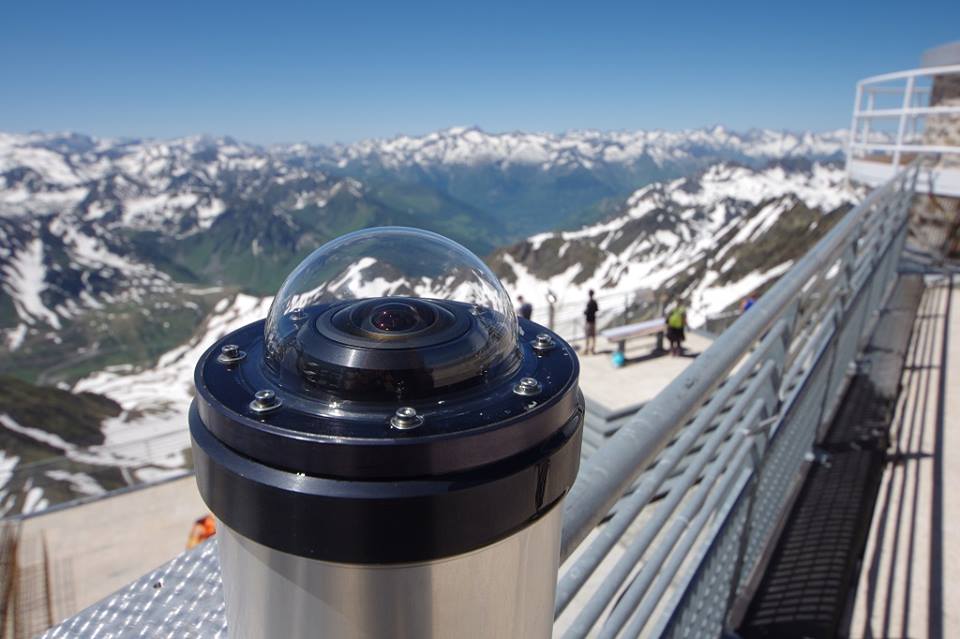The FRIPON science project was originally designed by a core team of six French scientists from the Paris Observatory (IMCCE), the French National Museum of Natural History (IMPMC), French Centre National de la Recherche Scientifique (CNRS), Université Paris-Saclay (GEOPS), and Aix-Marseille University (LAM / CEREGE / OSU Pythéas). This project benefited from a grant from the French National research agency (Agence Nationale de la Recherche: ANR) in 2013 to install a network of charged coupled device (CCD) cameras and radio receivers to cover the entire French territory. Specifically, the grant was used to design the hardware, building on experience gained from previous networks; develop an efficient and automatic detection and data reduction pipeline; and build centralized network and data storage architectures.
The FRIPON project has been designed as a real-time network with the aim of triggering a field search within the 24 h that follow the fall in order to recover fresh meteorites. Starting from 2016, scientists from neighboring countries were interested in joining the scientific project through the use of the FRIPON-France hardware, software, and infrastructure. This was the case for Italy (PRISMA network), Germany (FRIPON-Germany), Romania (FRIPON-MOROI network), the United Kingdom (FRIPON-SCAMP), Canada (FRIPON-DOME), the Netherlands (FRIPON-DOERAK), Spain (FRIPON-Spain), Belgium (FRIPON- Belgium), and Switzerland (FRIPON-Switzerland). Single FRIPON cameras were also made available to the following countries to initiate new collaborations: Austria, Brazil, Chile, Denmark, Mexico, Morocco, Peru, and Tunisia.

